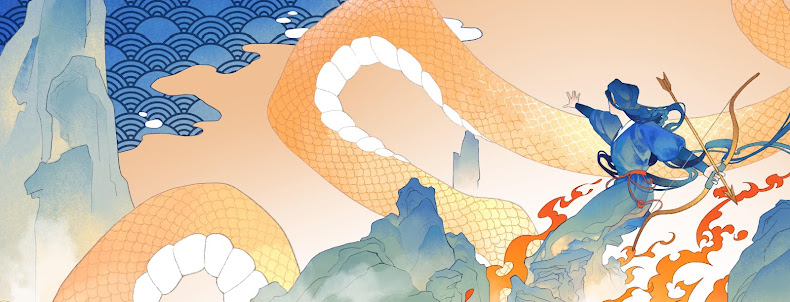After
two-and-a- half years of solitary hard work, I am thrilled to say that I
recently put my pen on a publishing contract for my historical epic set in 17th
century China. The novel is presently undergoing editing and proofing.
Before
reaching this stage, my publisher Graham Earnshaw of Earnshaw Books had also
offered me a role as the curator of a new series of historical novels set in
Old China, a role I gladly accepted because I felt he and I share a vision of extending
and enhancing interest in and knowledge of Chinese history to a global audience
through fictional works. The project is progressing well.
Over
the last few years, I have read several books and many articles on the craft of
writing. The essay that impressed me most is Milan Kundera’s The Art of the Novel. The key lesson I
drew from the essay is this:
“I’ve
always constructed them on two levels: on the first, I compose the novel’s
story; over that, I develop the themes. The themes are worked out steadily
within and by the story. Whenever a novel abandons its themes and settles for
just telling the story, it goes flat.”
My
upcoming novel is based on the life story of the Manchu Qing Dynasty's
influential first matriarch, who was born a Mongolian princess. She was the beloved
grandmother of Kangxi Emperor. Set against a background of war, racial
hatred and great turmoil, when the failing Ming Empire was dealt the final blow
by the invading Manchus, the novel encompasses such themes as conflicts caused
by cultural gaps, duty versus love, self-interest versus the greater good, how power
corrodes humanity and the burdens of hatred and
forgiveness. In the course of writing, I made sure that I followed Mr.
Kundera’s advice closely.
The
latest I’ve heard from my publisher is that my novel has been tentatively
scheduled for release on July 1, 2017.

No comments:
Post a Comment